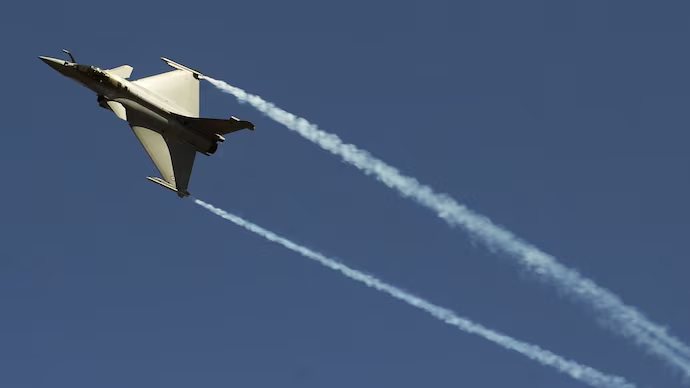Introduction
India’s bold retaliation to the deadly Pahalgam attack came in the form of Operation Sindoor, a joint military offensive targeting terrorist camps deep inside Pakistan. Equipped with Rafale jets, the Indian Air Force deployed SCALP cruise missiles and HAMMER precision-guided bombs to ensure maximum damage to terrorist infrastructure while minimizing collateral damage.
1. SCALP Missile’s Stealth & Range
Manufactured by European firm MBDA, the SCALP (also known as Storm Shadow) is a stealthy, air-launched cruise missile. With a range of up to 450 km and low observability, it can evade enemy radar and strike fortified structures like terror HQs in Bahawalpur and Muridke.

Used extensively by NATO and recently by Ukraine, SCALP is equipped with an advanced navigation system (INS, GPS, terrain mapping) and a 450 kg warhead, making it ideal for deep strikes inside enemy territory.
2. HAMMER Bomb’s Precision Capabilities
Built by French firm Safran, HAMMER (Highly Agile Modular Munition Extended Range) is an all-weather, air-to-ground glide bomb. It has a range of up to 70 km and comes in modular formats (250kg to 1000kg). The system is jam-resistant and can penetrate hardened bunkers, ideal for destroying terrorist hideouts with precision.
Its modular guidance system and low-altitude launch capability give Indian forces the ability to target specific sites with surgical accuracy—even in mountainous or rugged terrain.
3. Upgraded Arsenal with Rafale Jets

Unlike the Balakot airstrike in 2019, where Mirage 2000 jets were used, Operation Sindoor marked the combat debut of the Rafale jets. These state-of-the-art fighters come integrated with SCALP and HAMMER capabilities, vastly enhancing India’s aerial strike range and effectiveness.
4. Strategic Targeting and Minimal Civilian Impact
The selection of these advanced weapons wasn’t just about firepower—it was a strategic choice to avoid civilian casualties. Using infrared seekers and real-time image recognition, both SCALP and HAMMER allow for precise destruction of terror launchpads, minimizing unintended damage.
5. Coordinated Tri-Service Operation
Operation Sindoor wasn’t limited to the Air Force. The Army and Navy also participated, marking it as a rare coordinated operation. Such synergy ensures multi-front pressure and maximizes tactical advantage.
Conclusion
The use of SCALP and HAMMER munitions in Operation Sindoor underscores a shift in India’s defense posture—toward precision, deterrence, and technological supremacy. With Rafale jets in full combat deployment and guided munitions ensuring strategic success, India has sent a clear message of zero tolerance for terrorism across its borders.
Explore more: How SCALP Cruise Missiles Empower Rafale Jets | India-Pakistan Water Tensions
Sources: MBDA SCALP Specs, Safran HAMMER Bomb Overview









